Kilimanjaro and Ngorogoro Crater - Tanzania
July 1994
All content copyright © Ashley Burke 2012. Not to be copied, duplicated or used for any purpose without permission.
Kilimanjaro and Ngorogoro Crater - Tanzania July 1994
All content copyright © Ashley Burke 2012. Not to be copied, duplicated or used for any purpose without permission. |
A few photos from my Africa trip of July 2004.
Highest mountain in Africa, this is a very popular climb. I climbed Kilimanjaro in 4 days via the normal route. Here are some photos.
 |
|
 |
|
 |
|
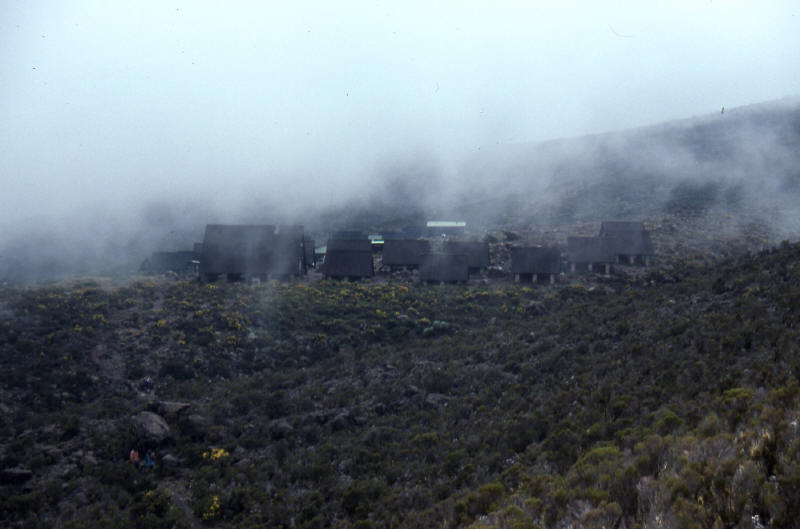 |
|
 |
|
 |
|
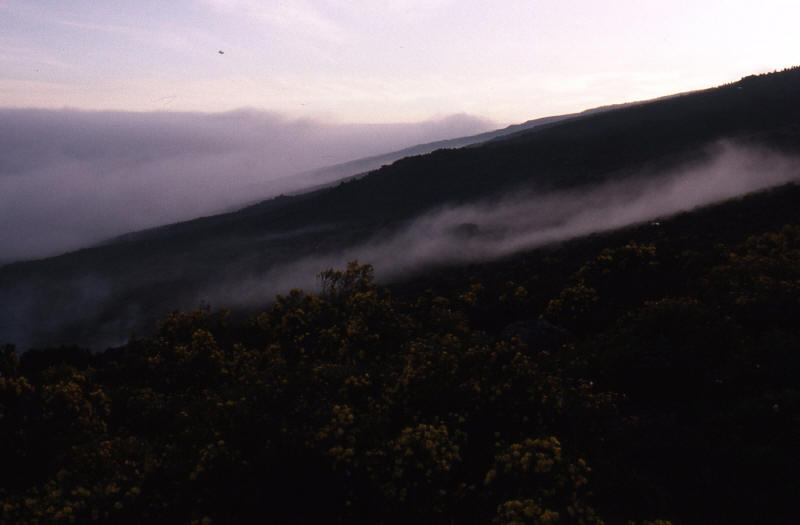 |
|
 |
|
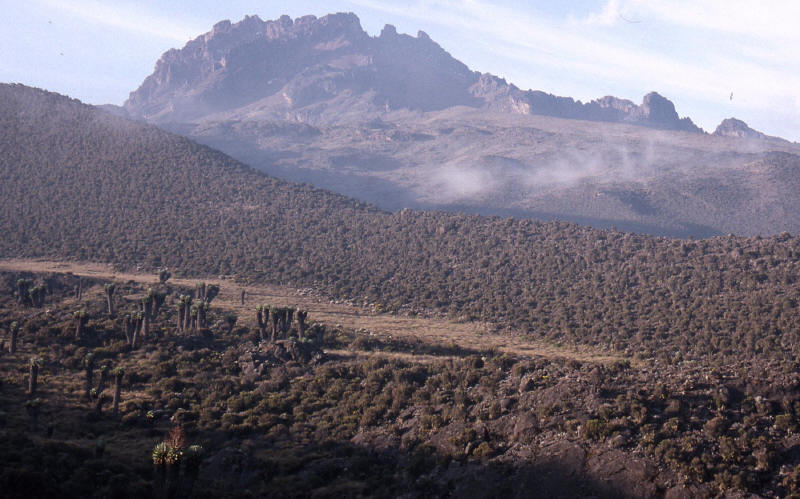 |
|
 |
|
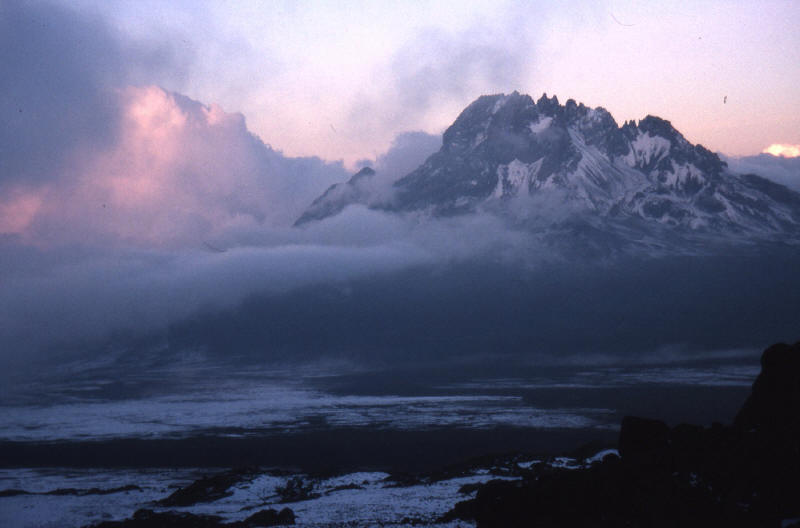 |
|
 |
|
 |
|
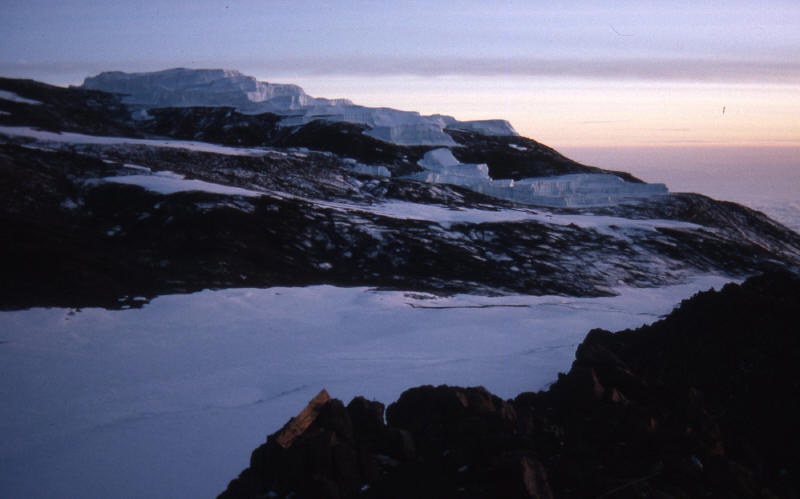 |
|
 |
|
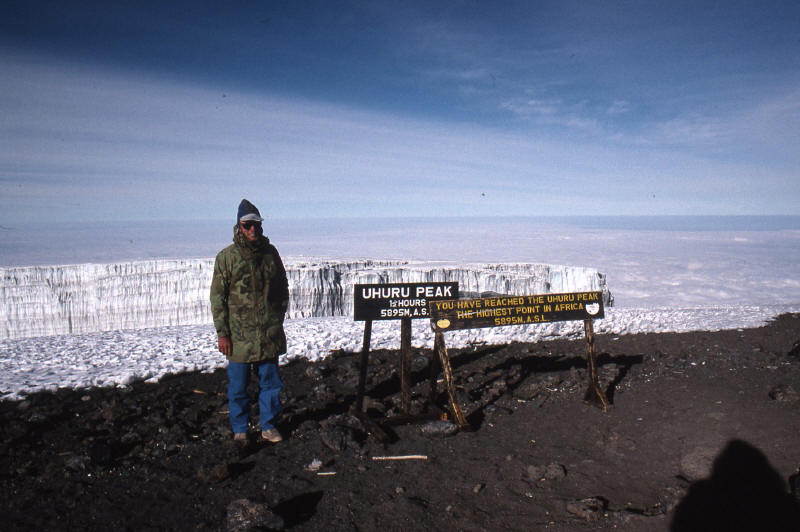 |
|
 |
|
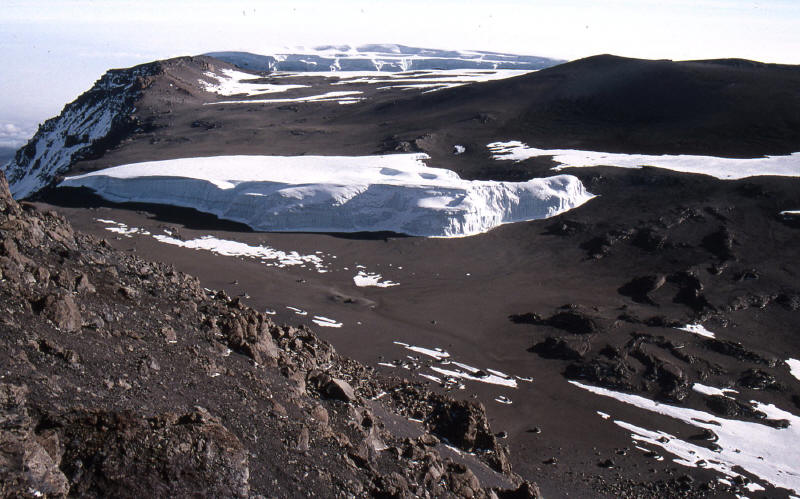 |
Today these ice floes are probably noticeably smaller. |
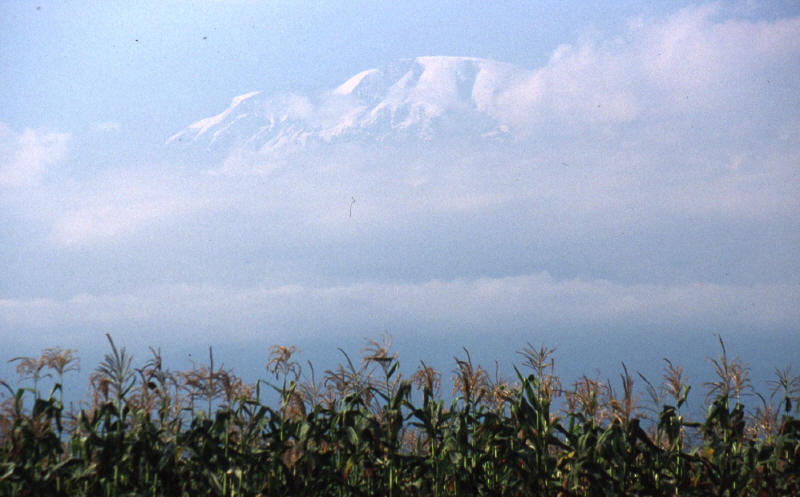 |
Surely one of the 7 wonders of the world, my visit to Ngorogoro Crater was perhaps one of the true highlights of my 1994 Africa trip. Ngogogoro crater is a depression about 12km wide in a plateau in central Tanzania. It is a wildlife sanctuary and home to rare mammals such as the black rhinocerous. On the morning of my visit, the surrounding plateau was blanketed in mist, yet the crater itself was clear. Mist would literally pour into the crater from all sides and evaporate in the warm protected climate of the crater. So all the amazing sights of the crater could be beheld in clear sunny skies against the backdrop of mist shrouded mountains.
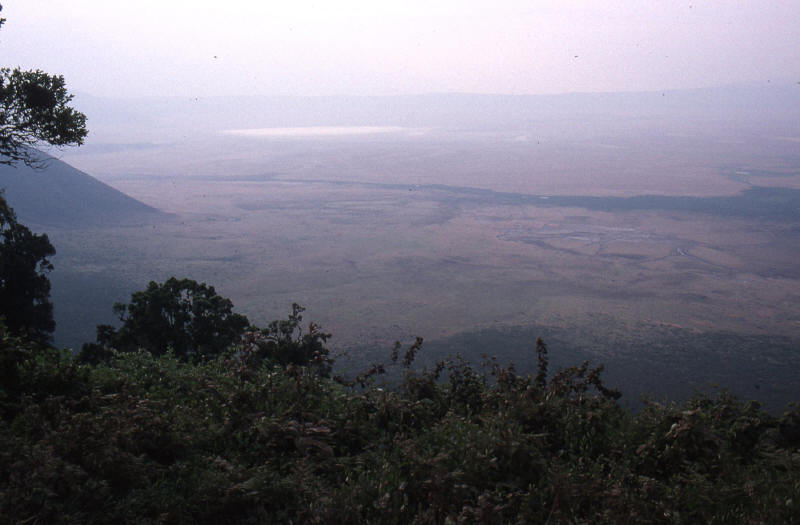 |
|
 |
|
 |
|
 |
|
 |
The zebra look like they have good meat on them, and indeed, zebra meat is good eating! |
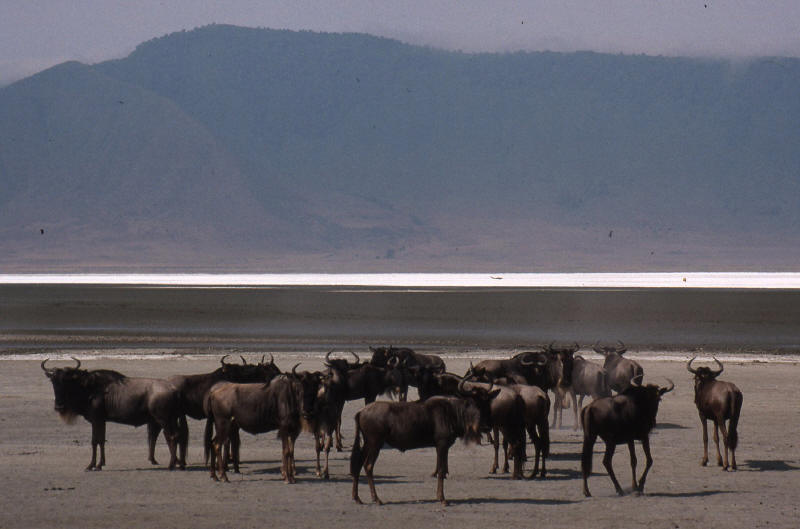 |
|
 |
|
 |
|
 |
|
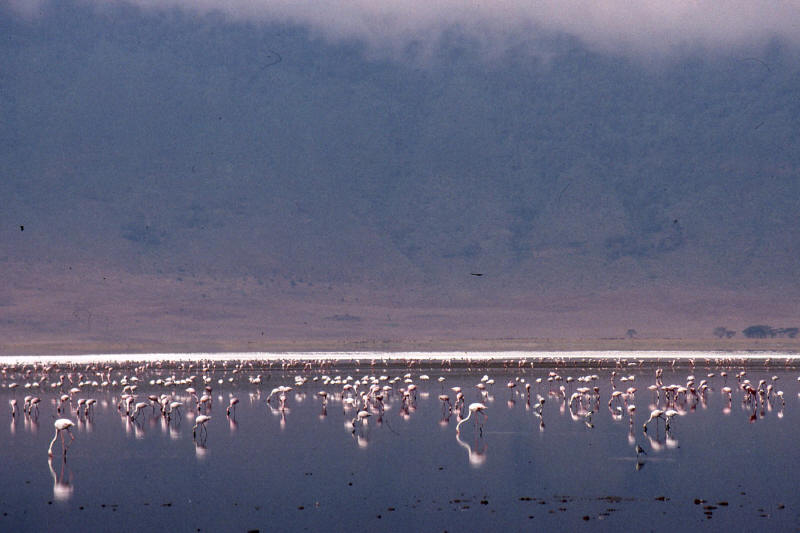 |
|
 |
|
 |
|
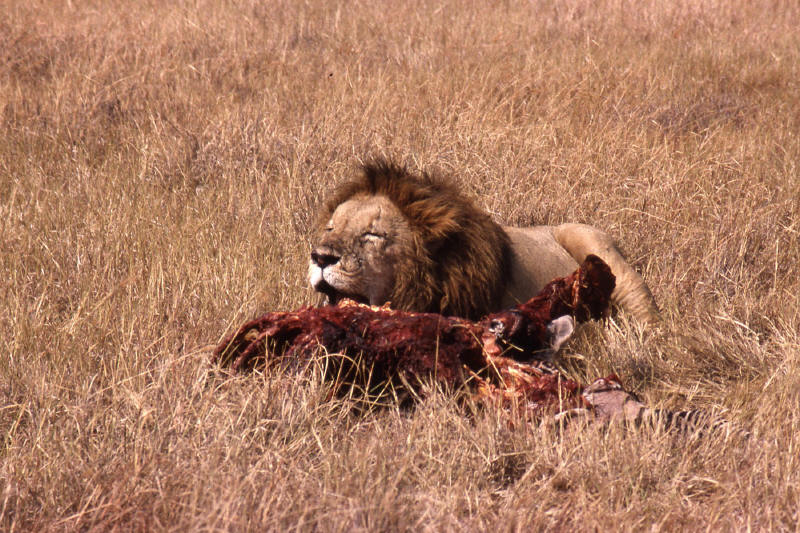 |
|
 |
Miscellaneous Other Africa Shots
 |
|
 |
|
 |
|
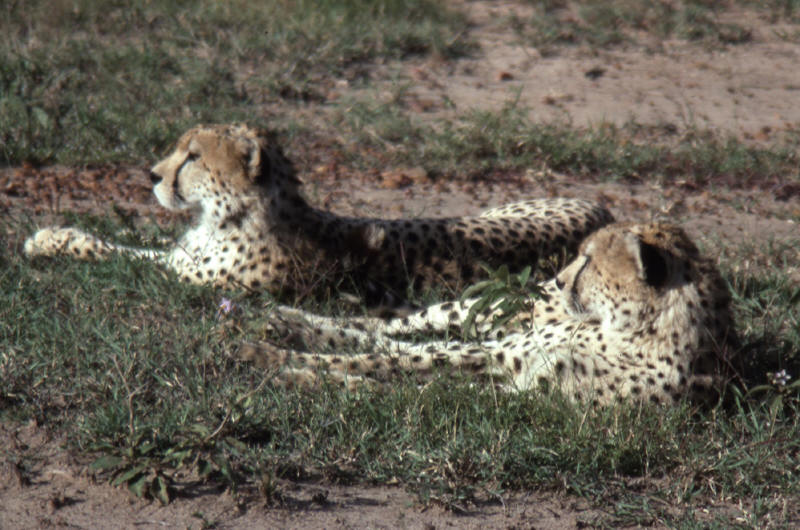 |
This web page created on 26 Apr 2012, last updated 26 Apr 2012. All content copyright © Ashley Burke 2012. Not to be copied, duplicated or used for any purpose without permission. |